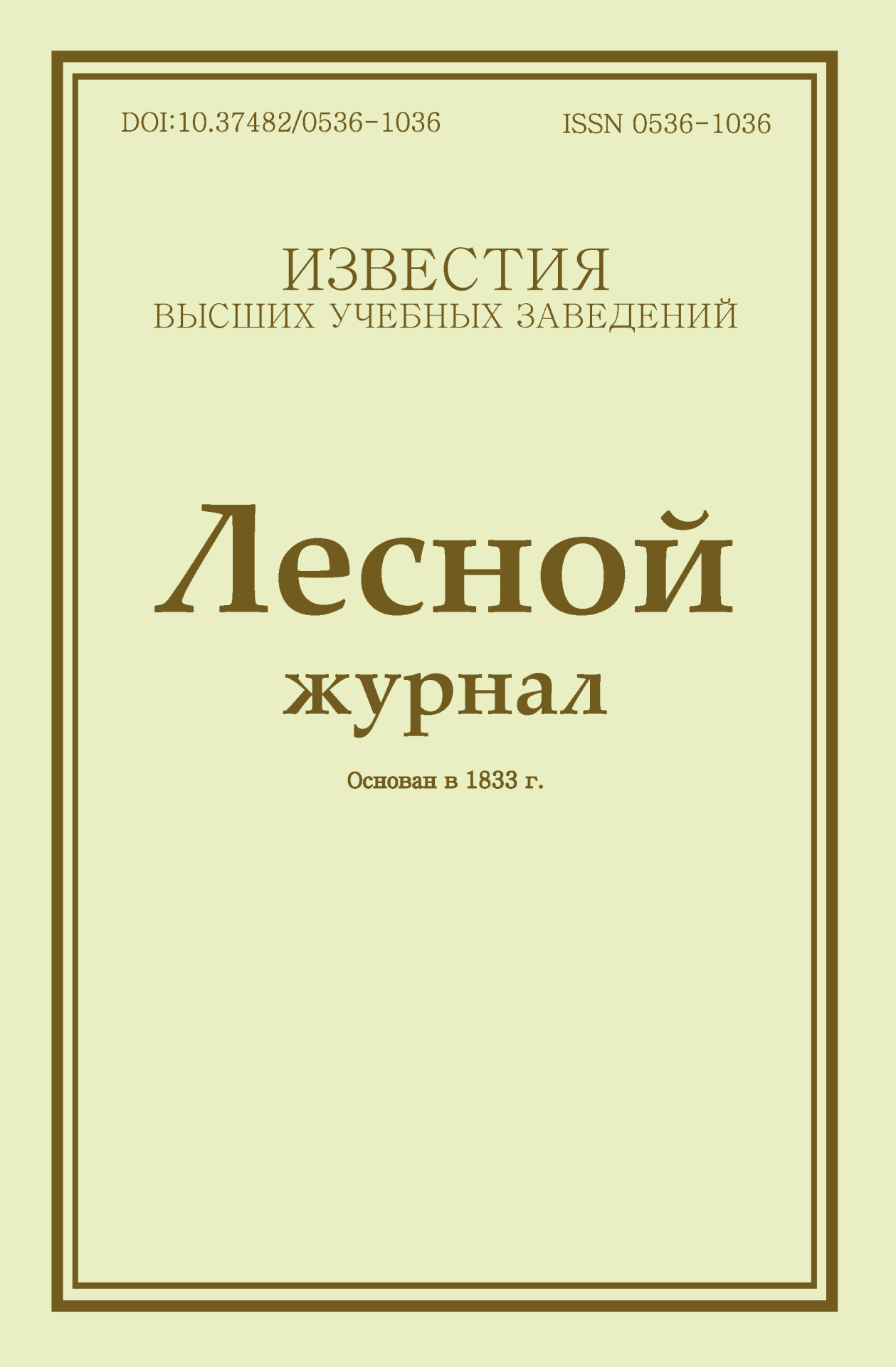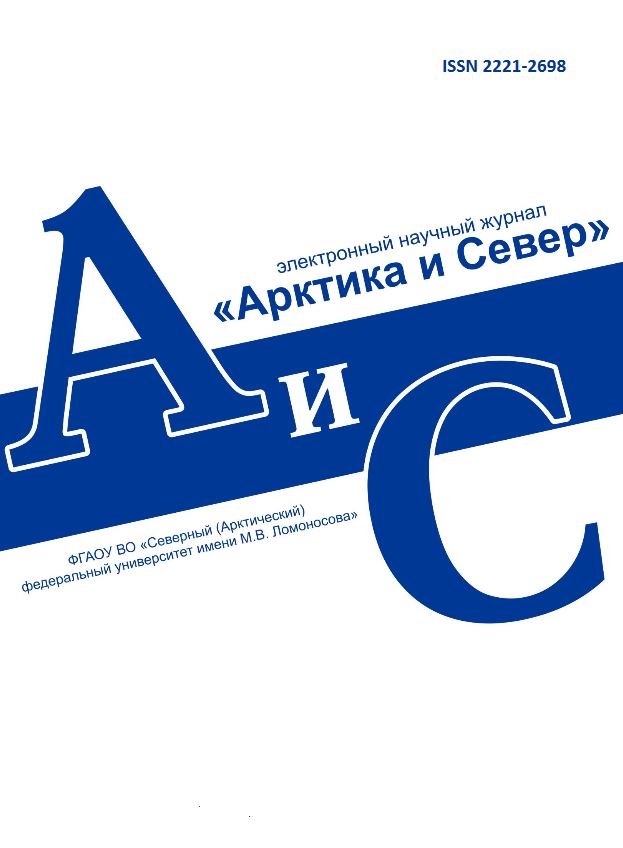
 

Legal and postal addresses of the founder and publisher: Northern (Arctic) Federal University named after M.V. Lomonosov, Naberezhnaya Severnoy Dviny, 17, Arkhangelsk, 163002, Russian Federation
Editorial office address: Vestnik of Northern (Arctic) Federal University. Series "Humanitarian and Social Sciences", 56 ul. Uritskogo, Arkhangelsk
Phone: (8182) 21-61-20, ext. 18-20
E-mail: vestnik_gum@narfu.ru
https://vestnikgum.ru/en/
|
The Game/Play Aspect of Mythology: Dressing Up and the Specifics of Clothing. C. 124-134
|
 |
Section: Philosophy
Download
(pdf, 0.5MB )
UDC
165.9:7.046.1
DOI
10.37482/2687-1505-V340
Authors
Nikolay I. Petev
Cand. Sci. (Philos.), Assoc. Prof. at the Department of Philosophy and Religious Studies, Vladimir State University (address: ul. Gor’kogo 87, Vladimir, 600000, Russia).
Abstract
This article analyses and compares two related phenomena, namely, game/play and mythology in the aspect of using special clothing in corresponding activities. Special attention is paid to the practical side of mythology, i.e. its implementation within the framework of rituals and other religious practices. In this paper, dressing up (special role of costume and other attributes) is considered as a procedure characteristic of both game/play and religious action. As a result, the author comes to the following conclusions. Firstly, the game/play process seeks the demonstrative, while religious practice, to create mystery. Secondly, game/play adjusts for and relies on modernity and fashion, which is not typical of mythology. Thirdly, in cult practice, clothing presents the absolute, while in the game/play it is an attribute of the concrete. Fourthly, the aspect of the “illusory” in the game/play indicates the absence of a real presence, while in religious practice it indicates the actual presence of the Other. Fifthly, the process of recognition is different in the game/play and ritual actions: the product of the former is an image of the real, while religious practice, including when wearing special clothes, is characterized by the presentation of the real presence (existence). Sixthly, brightness, presentability and exoticism are important components of a successful game/play process, while for cult practice the opposite is true. Seventhly, special clothes in the game/play and in mythology have different sociofunctional marking.
Keywords
mythology, game/play, religious practice, ritual actions, shamanism, dressing up, alienation
References
- Deschênes G. Scriptural Illustration Applied in the Homo Faber-Religious-Ludens Spiritual Model of Leisure. Leisure/Loisir, 2018, vol. 42, no. 3, pp. 259–279. https://doi.org/10.1080/14927713.2018.1535909
- Boomkens R. Van homo ludens naar homo o economicus: Neoliberalism als cultureel fenomeen. Filos. Prakt., 2023, vol. 44, no. 1, pp. 4–19. https://doi.org/10.5117/fep2023.1.002.boom
- Mamedov A.K., Komissarov S.N., Korkiya E.D. Homo Ludens in the Post-Truth Game World. Vestnik instituta sotsiologii, 2023, vol. 14, no. 1, pp. 115–136 (in Russ.). https://doi.org/10.19181/vis.2023.14.1.7
- Daniel-Wariya J. Rhetorical Strategy and Creative Methodology: Revisiting Homo Ludens. Games Cult., 2017, vol. 14, no. 6, pp. 622–638. https://doi.org/10.1177/1555412017721085
- Rahner H. Der spielende mensch. Johannes Verlag Einsiedeln, 1990. 79 p. (Russ. ed.: Raner Kh. Igrayushchiy chelovek. Moscow, 2010. 95 p.).
- Sicart M. Toward an Ethics of Homo Ludens. Rapti V., Gordon E. (eds.). Ludics: Play as Humanistic Inquiry. Singapore, 2021, pp. 21–45. https://doi.org/10.1007/978-981-15-7435-1_2
- Kendall A. Everyday Life of the Incas. New York, 1989 (Russ. ed.: Kendell E. Inki. Byt, religiya, kul’tura. Moscow, 2005. 250 p.).
- Baudin L. Daily Life in Peru Under the Last Incas. New York, 1962. 256 p. (Russ. ed.: Boden L. Inki. Byt. Kul’tura. Religiya. Moscow, 2004. 255 p.).
- Eliade M. Initiation, rites, sociétés secrètes: Naissances mystiques: Essai sur quelques types d’initiation. Paris, 1992. 282 p. (Russ. ed.: Eliade M. Taynye obshchestva. Obryady initsiatsii i posvyashcheniya. Moscow, 1999. 356 p.).
- Huizinga J. Homo Ludens: Proeve eener bepaling van het spel-element der cultuur. Haarlem, 1938. 309 p. (Russ. ed.: Kheyzinga Y. Homo Ludens. Chelovek igrayushchiy: opyt opredeleniya igrovogo elementa kul’tury. St. Petersburg, 2011. 416 p.).
- Caillois R. Igry i lyudi; Stat’i i esse po sotsiologii kul’tury [Man, Play and Games: Articles and Essays on the Sociology of Culture]. Moscow, 2007. 304 p.
- Barthes R. Mythologies. Paris, 1957. 233 p. (Russ. ed.: Bart R. Mifologii. Moscow, 2014. 352 p.).
- Baudrillard J. L’Échange symbolique et la mort. Paris, 1976 (Russ. ed.: Bodriyyar Zh. Simvolicheskiy obmen i smert’. Moscow, 2019. 392 p.).
- Boyer P. Et l’homme créa les dieux: Comment expliquer la religion. Paris, 2001 (Russ. ed.: Buaye P. Ob”yasnyaya religiyu: priroda religioznogo myshleniya. Moscow, 2018. 496 p.).
- Eliade M. Le chamanisme et les techniques archaïques de l’extase. Paris, 1951. 447 p. (Russ. ed.: Eliade M. Shamanizm i arkhaicheskie tekhniki ekstaza. Moscow, 2015. 552 p.).
- Nietzsche F. Po tu storonu dobra i zla [Beyond Good and Evil]. Moscow, 2018. 320 p.
- Le Bon G. Psikhologiya narodov i mass [The Psychology of Peoples and Crowds]. Moscow, 2019. 320 p.
- Otto R. Das Heilige: Über das Irrationale in der Idee des Göttlichen und sein Verhältnis zum Rationalen. Breslau, 1917. 192 p. (Russ. ed.: Otto R. Svyashchennoe. Ob irratsional’nom v idee bozhestvennogo i ego sootnoshenii s ratsional’nym. St. Petersburg, 2008. 272 p.).
- Bergson H. Le rire. Essai sur la signification du comique. Paris, 1900. 205 p. (Russ. ed.: Bergson A. Smekh. Moscow, 1992. 127 p.).
- Pascal B. Mysli [Thoughts]. Moscow, 2009. 253 p.
- Dawkins R. Outgrowing God: A Beginner’s Guide. London, 2019. 304 p. (Russ. ed.: Dokinz R. Pererastaya boga. Posobie dlya nachinayushchikh. Moscow, 2022. 256 p.).
- Berger P.L. The Sacred Canopy: Elements of a Sociological Theory of Religion. New York, 1990. 229 p. (Russ. ed.: Berger P. Svyashchennaya zavesa. Elementy sotsiologicheskoy teorii religii. Moscow, 2019. 208 p.).
- Eliade M. Aspects du mythe. Paris, 1963. 246 p. (Russ. ed.: Eliade M. Aspekty mifa. Moscow, 2010. 251 p.).
- Bierlein J.F. Parallel Myths. New York, 1994. 353 p. (Russ. ed.: Birlayn Dzh.F. Parallel’naya mifologiya. Moscow, 1997. 336 p.).
- Jung K.G. Dusha i mif: Shest’ arkhetipov [Soul and Myth: Six Archetypes]. Moscow, 1997. 384 p.
- Mannheim K. Vozrastanie irratsional’nykh elementov v obshchestvennom soznanii. Atmosfera ozhidaniya nasiliya [The Growth of Irrational Elements in Public Consciousness. An Atmosphere of Anticipation of Violence]. Krizis soznaniya: sbornik rabot po “filosofii krizisa” [Crisis of Consciousness: Collected Works on the “Philosophy of Crisis”]. Moscow, 2009, pp. 12–22.
- Bakhtin M.M. Sobranie sochineniy. T. 1. Filosofskaya estetika 1920-kh godov [Collected Works. Vol. 1. Philosophical Aesthetics of the 1920s]. Moscow, 2003. 957 p.
- van Löben Sels R. Shamanic Dimensions of Psychotherapy: Healing Through the Symbolic Process. London, 2019. 256 p.
|
Make a Submission











Journal of Medical and Biological
Research

Forest Journal

Arctic and North


|







